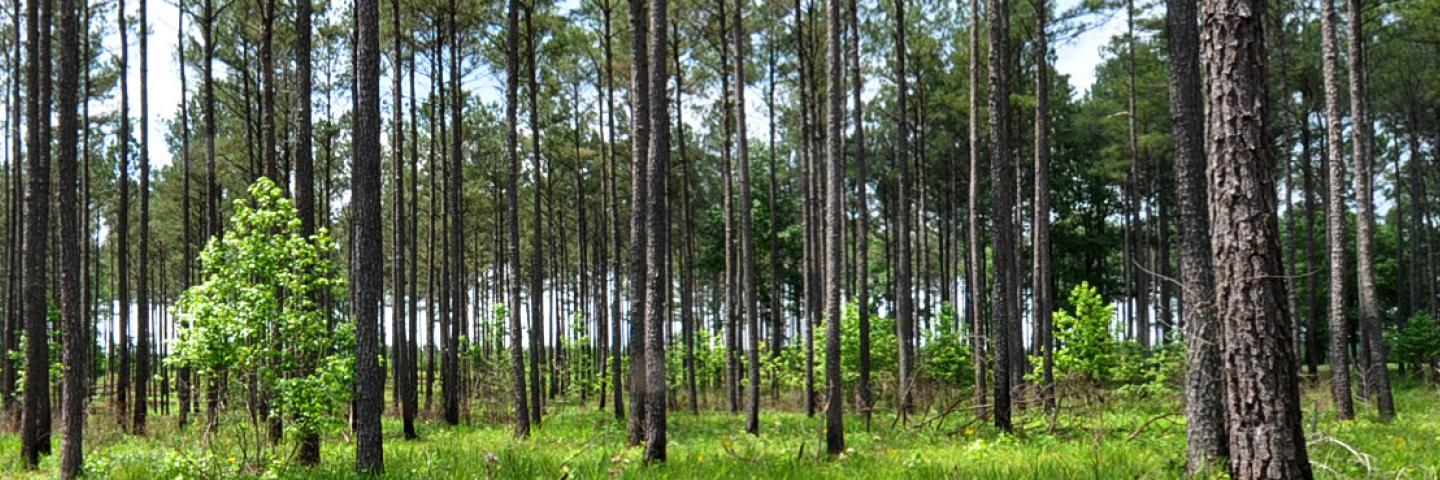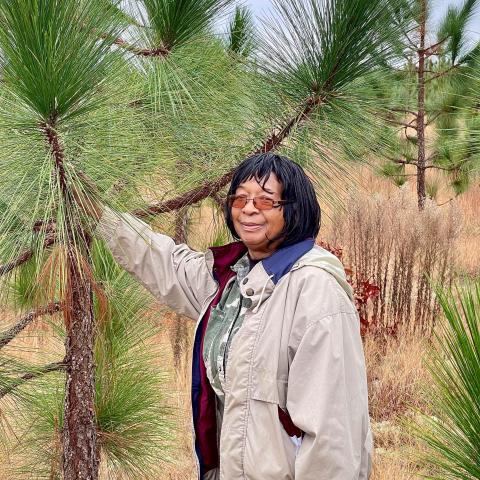
Did you know, that 67% of the land in South Carolina is forested? Forests play a vital role in our economy, to wildlife and to the aesthetic value of the Palmetto State.
Forestry in South Carolina
Here are some facts about our most prevalent resource:
- South Carolina has 12.9 million acres of forestland which is roughly 67 percent of the state’s total land area.
- Hardwood timber types occupy over 52 percent of the state’s forestland, with softwoods occupying 48 percent.
- Forest products are the number one agricultural product in South Carolina.
- Forestry is number two in manufacturing jobs and labor income.
- Forestry contributes $21 billion annually in economic impact for South Carolina.
- Eighty-seven percent of SC ‘s forest are privately owned with sixty-three percent being family owned.
- On average pine sawtimber can be harvested in 28 years in managed under a sound forest management plan.
- Once trees are planted, a landowner can expect to complete a commercial thinning at age 16 to 18, a second thinning at age 25 to 28 and a final harvest at age 30 to 35.
- There are over 2,000 products that we derive from trees: lumber, paper, toothpaste, polyester, chemicals in soda production, chewing gum, and dish washing liquid are just a few.
- NRCS provides cost-share for Timber Stand Improvement through EQIP and CSP.
- A well-managed forest can increase the amount of wildlife significantly as well as certain forest, such as, the Longleaf Pine ecosystem are unique only to North America.
- For EQIP NRCS funds $5,747,866 for forest-related contracts and CSP provides $1,985,000 for forestry in FY2021.
Maintaining Healthy Forests through Forest Management Plans
Forest Management Plans (FMP) are the root of proper forest management . The FMP provides each individual landowner a plan to achieve their objectives, whether they are maximizing growth for monetary return, wildlife habitat enhancement, reestablishment of longleaf pine ecosystems or other goals.
FMPs must meet certain NRCS standards, and require activities, such as prescribed burns, stand thinning, mitigation of invasive species and monitoring. The FMP spells out these activities and standards, and the plan does not cost the landowner any money.
To find out more about FMP, contact your local service center to learn more.
Other resources
- US Forest Service
- Forestry Association of South Carolina
- South Carolina Forestry Commission
- Clemson Extension
- The Nature Conservancy
- Longleaf Alliance
- Farm Service Agency


